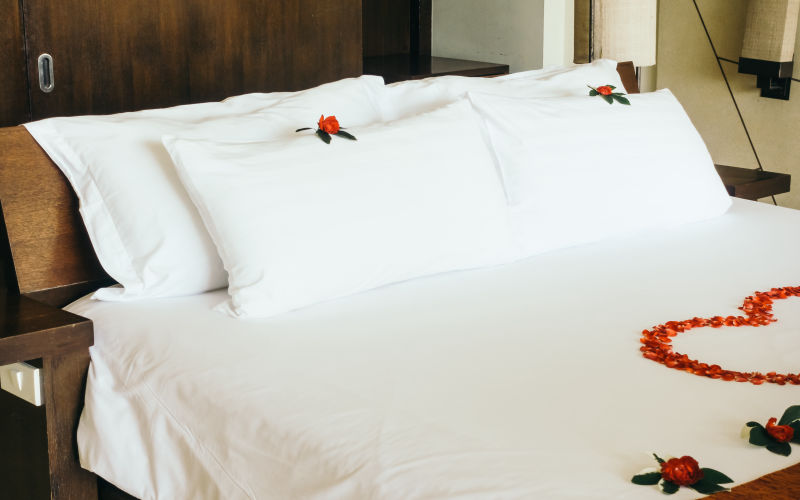Duvet covers: Comfort must-have or bedding luxury?

A duvet cover is a removable fabric casing that protects the duvet, similar to a pillowcase for your pillow. A duvet cover keeps the duvet clean and adds style to your bed.
Growing up, many households did not use duvet covers. Instead, they relied on heavy blankets, often made in factories around Nakuru. These blankets were warm but very bulky.
Today, imported duvets have become the popular choice for many because they are not only affordable, but they are also very easy to find.
More To Read
- The hidden connection between snoring, interrupted sleep and rising global Parkinson’s epidemic
- Poor sleep could age the brain faster, study suggests
- The science behind sleepiness during cold season
- Kenya records landmark milestones in fight against HIV, malaria, TB and sleeping sickness
- Kenya officially eliminates sleeping sickness as public health threat, WHO confirms
- Sleeping on the floor: The surprising health trend rooted in ancient tradition
However, they get dirty a lot faster, compared to the old blankets, and many now feel that the duvet cover is an essential part of bedroom bedding.
However, for some, it feels like an extra hassle, something to wrestle with, wash, and fold. So, do you need a duvet cover, or is it just unnecessary fuss?
What is a duvet cover?
A duvet cover is a removable fabric casing that protects the duvet, similar to a pillowcase for your pillow. A duvet cover keeps the duvet clean and adds style to your bed.
The hygiene factor: protection you can’t see
One of the strongest arguments for duvet covers is hygiene. Your duvet or blanket can absorb sweat, skin oils, dust mites, and even allergens over time, so for many, washing a bulky duvet is a lot of work, and you cannot keep taking it to the dry cleaners every two weeks.
Duvet covers, on the other hand, are lightweight and easy to remove, making regular washing straightforward. This means your sleeping environment stays fresher and cleaner without the hassle of cleaning the duvet or blanket itself.
Style and flexibility: change without commitment
Beyond hygiene, duvet covers offer significant aesthetic advantages.
They often come in endless colours, patterns, and materials, allowing you to update your bedroom’s look easily and affordably.
Instead of buying a new duvet to match the decor or mood you want in your room, you can simply swap the covers.
The cost and convenience equation
While duvet covers protect your duvet or blankets and save you money on professional cleaning, they also add to laundry loads and can be a hassle to put on.
Many people struggle with the “duvet cover battle”, ‘How do I get this thing in?’ ‘What size do I buy?’ wrestling a large duvet inside a tight cover, sometimes needing two people or special techniques to get everything in order.
Some brands offer duvet covers with zipper or button closures, or corner ties inside the cover to keep the duvet in place.
If you do not mind washing the duvet regularly and prefer simplicity, you might skip the cover altogether. However, frequent washing of a duvet or blanket can shorten its lifespan and damage delicate fillings.
Who might skip the cover?
People who live in hot climates and rarely use thick duvets can skip a duvet cover, or those who use flat sheets, especially in the coastal region and prefer minimal bedding layers.
You can skip it if your duvet or blanket is made of washable materials designed for easy cleaning without covers
Duvet covers are far from mere fuss; they serve clear hygienic, aesthetic, and protective purposes.
For those who want a cleaner, more versatile bed with less risk of damaging expensive duvets or blankets, getting covers is a wise investment.
However, for people prioritising simplicity or living in warm regions, skipping the duvet cover may be a reasonable choice.
Top Stories Today











































